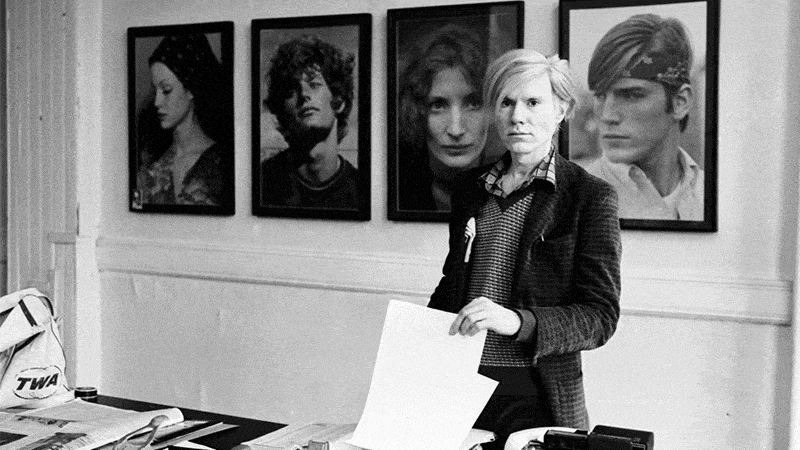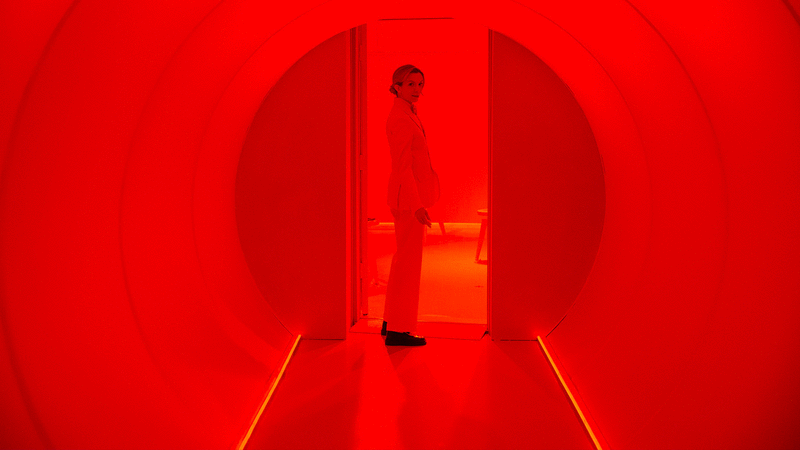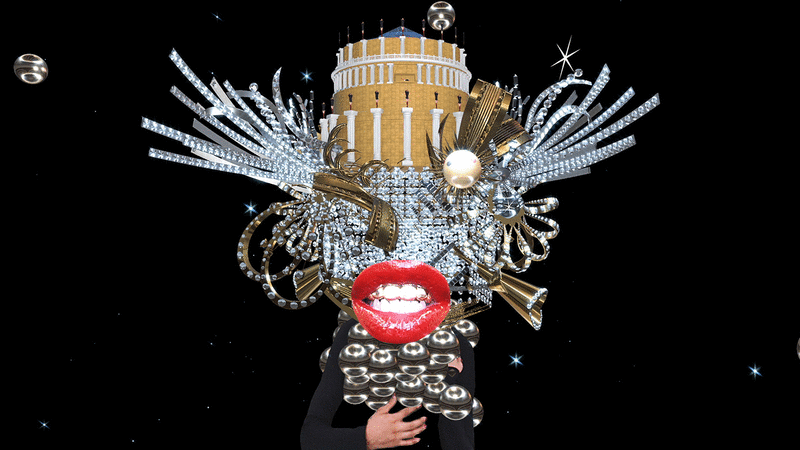Warhol’s Textiles: A Portrait Of The Artist Pre-Pop
Andy Warhol may have been dead for nearly 40 years, but his presence is very much alive in 2023 – found everywhere from your Netflix queue to your social media feed. But even with that omnipresence, there are parts of the artist’s work yet to be explored. A case in point? His textile prints. They are the focus of the latest Warhol exhibition at London’s Fashion & Textile Museum, open now.
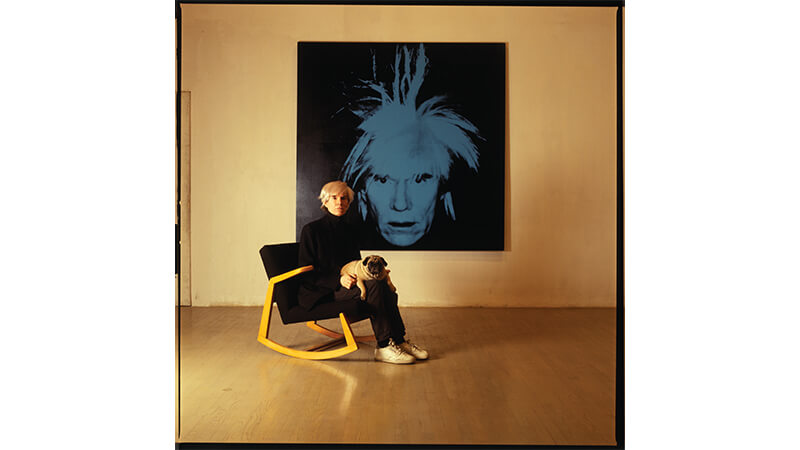
More than 60 designs created by the artist in the 1950s are on display. Playful and dynamic, they depict everything from cakes to clowns, butterflies and horses; the work of a pre-Pop Warhol who was thriving as a commercial artist. The exhibition’s curator Richard Chamberlain describes them as “another string to [Warhol’s] business bow, which at the time also included book and record covers, greeting cards and wrapping paper”.
Chamberlain’s co-curator Geoff Rayner believes these pieces can be seen as part of Warhol’s evolution towards the soup cans and Marilyns we know and love. “The repetitive nature of textile repeats certainly played its part in directly informing his Pop Art,” he argues. “An important example of this is his textile for the New York firm of Leon Rosenblatt. He creates rows of buttons, all with slight variations. This is using the same concept that he employed in his iconic soup can and Coke bottle painting some three years later.”
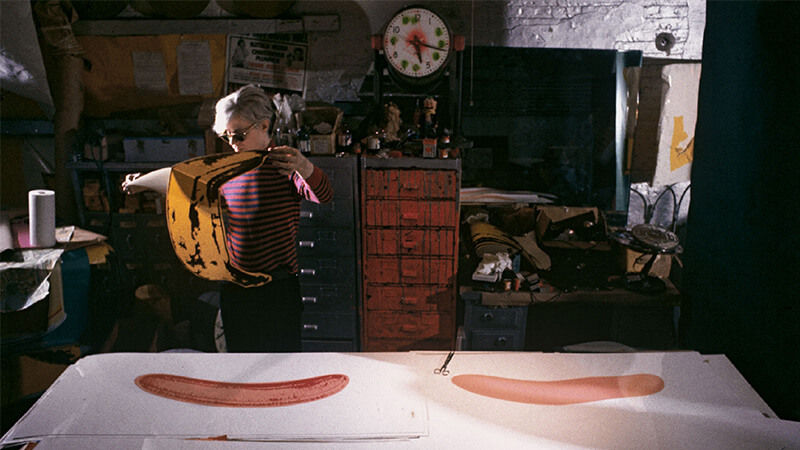
While all the designs in the exhibition have their charm, many also reveal details about Warhol’s lifestyle. “Warhol was a regular visitor to the legendary New York cafe, restaurant and boutique Serendipity, which was owned by his great friend Stephen Bruce,” explains Chamberlain. “He was known to have had a very sweet tooth and would frequently be found eating lavish ice creams [there].” These experiences translate to a series of food-related textiles, including some mouth-watering ice-cream sundaes.
Warhol was famously successful as a commercial artist. He earned so much money that he bought a house on the Upper East Side, and he was able to support himself as he moved into fine art. But his commercial work remains a crucial part of his legacy. “Warhol’s elevation of everyday objects can be seen clearly in his textile designs,” says Chamberlain. “[They] were created with little brief or agenda attached to them, more a case of ‘art for art’s sake’.” They are also – as with this exhibition – yet another way for Warhol to remain famous, and in your timeline, for another 15 minutes.
Andy Warhol: The Textiles, runs until 10 September 2023 at the Fashion & Textile Museum
Lauren Cochrane is a senior fashion writer at The Guardian and author of The Ten
Andy Warhol, New York (1971), estate of David Gahr; Andy Warhol: The Textiles © 2023 The Andy Warhol Foundation for the Visual Arts, Inc/Licensed by DACS, London; ice-cream desserts; shoe-print blouse, Jayson Classics (c1957-58); clown textile (c1955); brush-print dress; button-print textile, Leon Rosenblatt (1959–60); ice-cream print dress; candy apples, silk by Stehli Silks; © Fashion and Textile Museum

